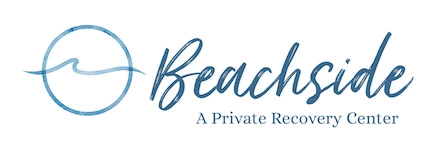Rehab and drug detox centers are supposed to be safe spaces. The physical, mental, and emotional wellbeing of the patient is always our top priority. In this article, we’ll look at medication-assisted drug detox, and challenge some of the stigma associated with this treatment method.
Assumptions about detox
Detox is the process by which the patient is cleansed of the substances in their body. This can take anywhere from a few days to a few weeks. It can mean going ‘cold turkey’ or weaning the patient off drugs and alcohol slowly.
When people hear that patients are being treated for addiction with ‘other drugs’, they assume that it’s just replacing one addiction with another, or that the medications are just as harmful and addictive as ‘hard drugs’. Unfortunately, these harmful assumptions are sometimes spread by people who believe that a 12-step program that promotes 100% abstinence is the only way to overcome addiction.
But, for some addicts, stopping all drug use can be incredibly dangerous and even lethal. If the patient’s long-term health and sobriety is the purpose of detox and rehabilitation, then we need to acknowledge that any method that keeps our patients safe is worth considering.
What is MAT?
Medication-assisted treatment (MAT) is used primarily for patients with opioid and opiate addiction. This includes heroin, morphine, and opium, as well as painkillers like OxyContin and Vicodin.
The most widely used medications are methadone and buprenorphine. They act on the brain’s opioid receptors, essentially blocking the effects of the drugs. They also ease withdrawal symptoms, relieve cravings, and drastically reduce the patient’s chance of relapse.
MAT is considered part of the harm reduction model of addiction treatment, which aims to reduce the negative consequences and harm caused by drug abuse, instead of simply condemning users.
The Facts about MAT
- There is no ‘one size fits all’ approach to addiction treatment. While complete abstinence may work for some, others need the support offered by MAT – and there’s no shame in that.
- MAT is always monitored by doctors or health-care professionals. These medications can only be prescribed by qualified physicians, and are distributed at approved, regulated treatment centers. The right dosage is determined and calibrated for each patient, helping to stabilize them as they detox from the drugs.
- When taken as part of a monitored treatment program, these medications allow patients to return to a ‘normal’ life. They do not produce the same euphoric effects as opioids and opiates, and do not impair the patient’s functioning.
- MAT is used in conjunction with other forms of treatment. Patients who receive MAT are required by federal law to receive counseling, as well as vocational, educational, and medical services.
- Federal regulation also protects the rights of patients receiving MAT. They cannot be discriminated against in the workplace, in receiving governmental services and benefits, or denied housing because they receive MAT.
- Research suggests that MAT also decreases the patient’s chances of engaging in other dangerous behaviors, reducing drug-related crime and the spread of HIV.
Our Approach to MAT detox
At Beachside Rehab, we want to give our patients the best possible chance at recovery. In cases where the patient is assessed and deemed in need of medication-assisted detox and treatment, we will offer this option. Patients receiving MAT are supervised and monitored throughout their detox – just as we monitor any patient going through detox.
Contact us for more information about medication-assisted treatment options at Beachside Rehab.

